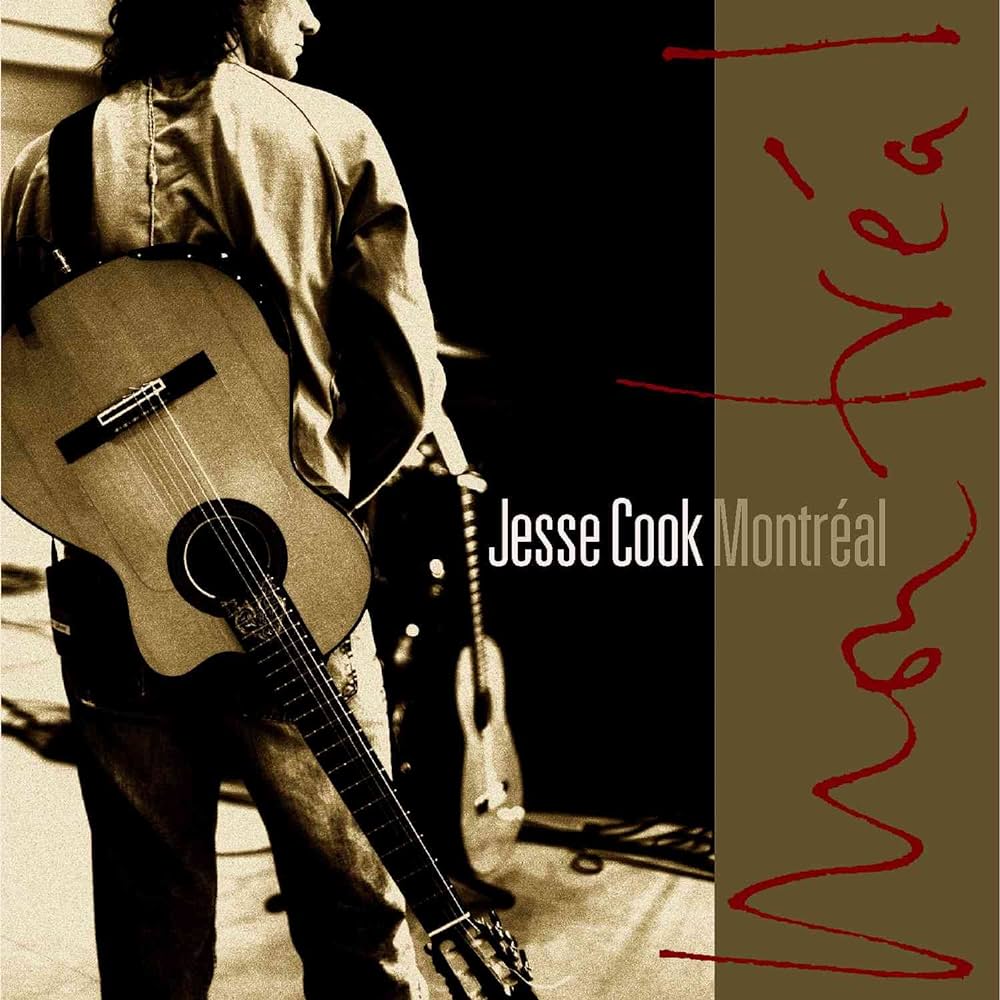Loudspeaker Listening
Contents
As mentioned, I used the Chord Electronics Hugo TT2 DAC for most of my listening. Loudspeakers were the 30th Anniversary Gershman Acoustics Grand Avant Garde driven by dual Emerald Physics 100.2 SE. These speakers are incredible at presenting textural contrasts when comparing gear.
Nina Simone’s iconic “Feeling Good” presents a telling comparison. As you’ll probably guess by now, what PGGB does best is provide an X-Ray into the music. Resolution and micro-details are outstanding yet everything still sounds smooth. The presentation is incredibly clean and precise. However, I felt the brass sections lose some of their lush, resonant quality that the original recording masterfully captures. While PGGB unveils a more dissected soundstage, allowing individual instruments to stand out, it slightly detracts from the colorful ensemble that characterizes Simone’s performance. The original file, less vivid but richer in tonal color, maintains the soul-stirring essence of Simone’s voice and the brassy exuberance of the accompaniment. The downside? You guessed it. A more dimensionless and veiled soundstage.

The Ataris’ “In This Diary” benefits from PGGB’s clarity, particularly in the delineation of guitar strums and vocal harmonies. The upscaled version offers a laid-back, refined musical presentation, with each element neatly placed within an expanded soundstage. Yet, I feel, this meticulous separation sacrifices the gritty, cohesive energy that punk rock thrives on. The original recording, though less detailed, captures the raw, meaty essence of the band’s sound, offering a more engaging and emotionally charged listening experience. But I can’t deny how much more clearer, more dynamic, and far-reaching the PGGB version sounds. Again, it really depends on what you value or in some ways, what your mood is.
Lindsey Stirling’s “Transcendence (Orchestral Remix)” underlines PGGB’s strengths and weaknesses. The upscaled file magnifies the nuance in Stirling’s violin bowing, with each stroke rendered with crystal-clear precision, set against a more expansive (and massive) backdrop. It’s spectacular to say the least. However, the original (44.1 kHz) track’s portrayal of bells, xylophone, and drums retains an authenticity that I feel resonates more closely with a live performance (due to tonal color). But from the position of transparency, PGGB is far more adept in revealing the textural and physical character of those instruments.
So both offer realism in different ways. The original’s more grounded presentation, with its slightly blurred lines, brings a warmth that some listeners might prefer over the holographic precision of the PGGB version. But the ability of PGGB to present this track with seemingly limitless energy truly does envelop you into the music. It’s so damn quiet, and every part of the recording just floats around the listening room.
Jesse Cook’s Montreal (Live)

Last October, I had the pleasure of attending Jesse Cook’s Libre Tour live, an event that was nothing short of exhilarating. The synergy among the artists on stage, their seamless improvisation, and the collective energy were captivating, offering an experience that studio recordings rarely capture. Inspired by this live magic, I acquired Jesse Cook’s “Montreal (Live)” album right from the concert venue and decided to give it the PGGB treatment, hoping to recapture that indescribable feeling of being immersed in the live performance.
The Music!

“Tempest” roars to life, its energetic essence magnified through PGGB’s pinpoint accuracy. The dance between the spirited guitar work and the pulsating rhythms is dissected with such precision that the storm within the music is almost tangible. Yet, again, amidst this tempestuous clarity, one might find themselves missing the organic tonal hues that give each instrument its unique voice, slightly distancing the listener from the track’s timbral accuracy.
“Baghdad,” one of my absolute favorites, showcases what happens when diverse musical traditions converge. When this was played live, the energy was just wild! For the upscaled recording, each instrument’s contribution laid bare in a vast soundstage. With PGGB, the guitar intro is so damn tactile, you just feel every vibration. As the track amps up, PGGB’s meticulous separation is very obvious. From the crowd cheers, to the percussions, to the woodwinds filling up the air. PGGB is able to elucidates every rhythm and note in all its complexity. I’ll be honest, it does bring me back to the vibrant live experience I had in October. But again, the cohesive warmth and color that fuse these disparate elements into a harmonious whole – sits on the cooler more neutral side. Nevertheless, I think PGGB did a find job with this track.

Thoughts on PGGB with Loudspeakers
In summary, PGGB offers a window into the micro-details of music, enhancing clarity and expanding the soundstage for a highly articulate listening experience. However, this more “analytical” approach can sometimes diminish the organic qualities that imbue music with its soulful essence. The choice between PGGB’s precision and the original recordings’ warmth is a subjective one, contingent on the listener’s preference for clearer transients versus warm musicality.
One thing I will say regarding headphones versus speakers, is that although headphones gives you more insight with PGGB files, loudspeakers takes the perception of depth and imaging to another level (crossfeed isn’t perfect). Not to mention you could actually feel the music hit your chest. PGGB just makes the music sounds more unbounded and alive when comparing it to the original non-upscaled file. And for that reason, I understand the praise surrounding PGGB.










Recent Comments